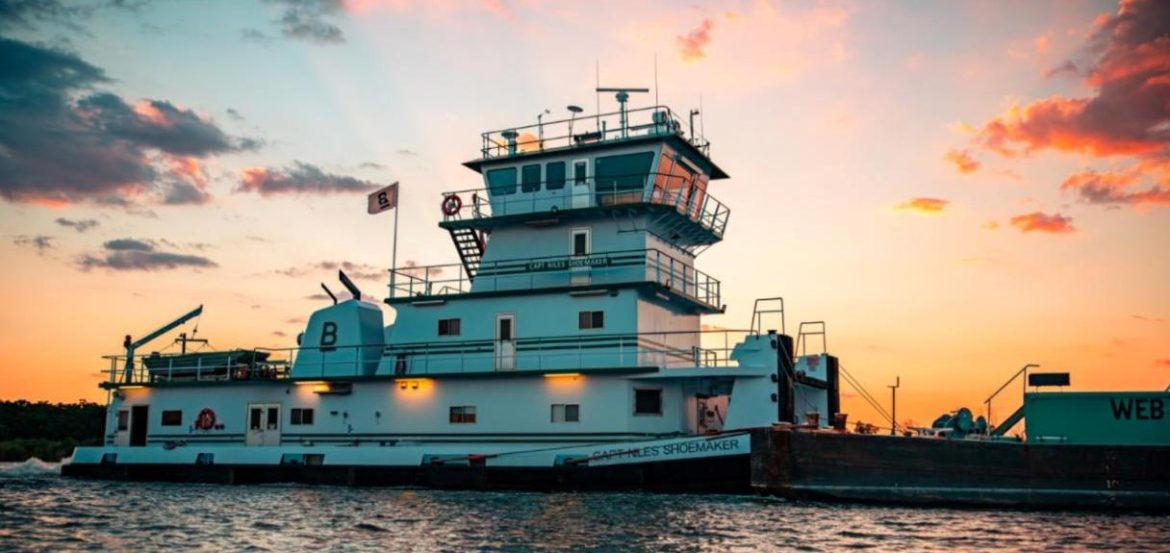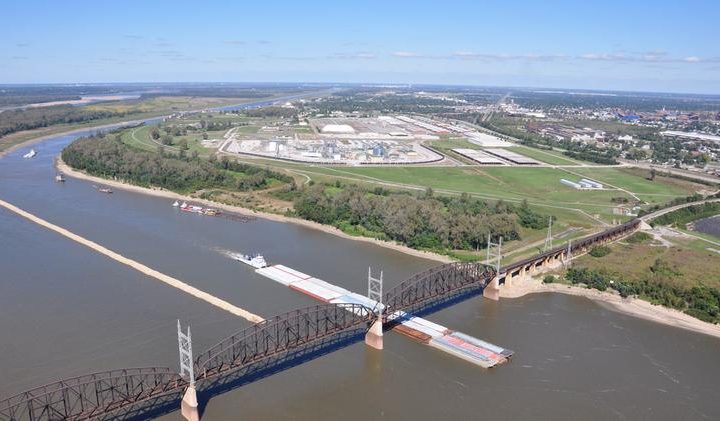
This article originally ran on marinelink.com on March 7, 2022.
Waterway traffic is coming back. November 2021 saw 52.1 million tons moving on the U.S. inland waterway system, the highest monthly tonnage since October 2019, a few months before the onset of the COVID-19 pandemic, and the shutdowns and stoppages of early 2020. Flows estimated by the Bureau of Transportation Statistics (BTS), part of the U.S. Department of Transportation, based on data from the U.S. Army Corps of Engineers (USACE) show a 25% rise from June 2020. Data in a presentation by The Waterways Council Inc (WCI), also using USACE data, showed overall tonnage, in 2019, of 514.9 million short tons, with petroleum and products leading (with 150 million tons), followed by coal (95.6 million tons), aggregates (81 million tons) and grains (77 million tons).
…
The WCI applauded the passage of the Infrastructure Bill, in late 2021, earmarking $2.2 billion for inland waterways projects. In mid-January, 2022, when the USACE identified specific projects to be funded, WCI president and CEO, Tracy Zea said, “Today’s release of inland waterways infrastructure funds will not only advance the inland waterways construction portfolio but also create thousands of skilled jobs for America’s building trades, make American farmers more competitive, and promote energy security. WCI thanks its members and supporters on Capitol Hill, who helped to push this funding over the goal line.” Noteworthy projects funded included the Kentucky Lock (on the Tennessee River, near Paducah) the Montgomery Lock on the Ohio River (about 30 miles downstream from Pittsburgh), and Lock and Dam 25 on the Upper Mississippi River (mile 241, north of St. Louis), benefitting from the USACE’s Navigation & Ecosystem Sustainability Program (NESP).
Read More



